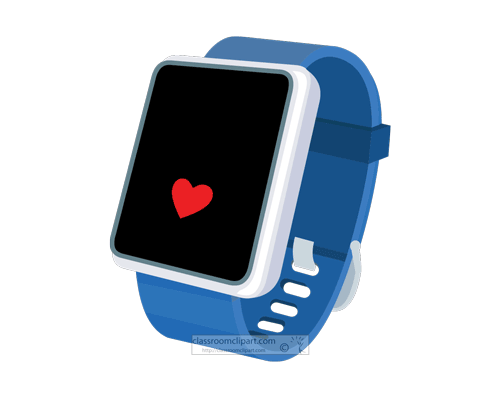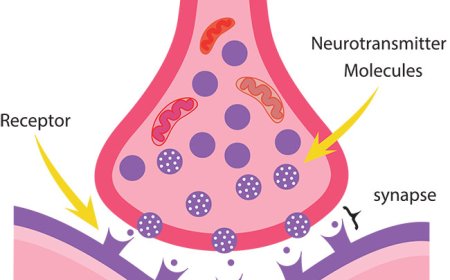The Layers of the Skin Explained: Epidermis, Dermis, and Hypodermis
Discover the three layers of human skin and how each one protects your body, supports health, and helps you feel the world around you.
Layers of the Skin: The Body’s Protective Barrier
🧠 Introduction: Skin That Works Below the Surface
Your skin is more than just a soft outer layer—it’s a multilayered shield that keeps your body safe, healthy, and in balance. Every time you touch something, get a scratch, or feel the warmth of the sun, your skin is responding through a complex structure made of three main layers: the epidermis, dermis, and hypodermis.
Each layer has a different job, and together they form one of the strongest and smartest protective systems in your body. Whether you're healing from a scrape or sweating to cool off, your skin is always working behind the scenes.
In this article, you’ll explore:
What each layer of the skin is made of
What important roles each layer plays
How these layers work together to protect, feel, and heal
🧴 The Epidermis – Your First Line of Defense
The epidermis is the outermost layer of your skin. It’s the part you can see and touch—the layer that you wash, scratch, and tan. Although it's thin (about the thickness of a few sheets of paper), it acts like your first shield against the world.
This layer:
Blocks harmful bacteria and viruses from entering the body
Prevents water loss, keeping moisture inside your body
Contains melanocytes, cells that produce melanin, the pigment that gives your skin its color
Is made mostly of dead skin cells on the surface, which are constantly flaking off and being replaced
The bottom part of the epidermis contains living cells that are always dividing and pushing new skin cells upward. These cells gradually die and flatten out as they reach the surface, forming the dry, protective outer skin. Your epidermis also contains special immune cells that help fight off infections right away.
🧬 The Dermis – The Support Center
Beneath the epidermis is the dermis, a thicker and more complex layer. This is where many of your skin’s most important parts are found. The dermis is filled with blood vessels, nerves, hair follicles, sweat glands, and oil glands.
The dermis:
Delivers nutrients and oxygen to your skin through blood vessels
Contains nerve endings that allow you to feel touch, pain, pressure, and temperature
Produces sweat through sweat glands, which helps you cool down
Releases oil through sebaceous glands to keep your skin soft and waterproof
Supports hair growth through hair follicles and tiny muscles that make hair stand up (like when you get goosebumps)
It also contains collagen and elastin, strong stretchy proteins that give your skin its firmness and flexibility. Without the dermis, your skin wouldn’t be able to bend, heal, or sense the world.
🧈 The Hypodermis – The Cushion Layer
The deepest layer of the skin is called the hypodermis, also known as the subcutaneous layer. This layer lies beneath the dermis and is made mostly of fat cells, connective tissue, and larger blood vessels and nerves.
The hypodermis plays key roles in:
Cushioning your muscles and bones from bumps and injuries
Storing energy in fat cells
Insulating your body, helping you stay warm in cold temperatures
Anchoring the skin to the muscles and tissues underneath
This layer is thicker in some parts of the body (like the thighs and stomach) and thinner in others (like the eyelids). It also helps protect your organs and support overall skin health.
🔁 How the Layers Work Together
Although each layer of the skin has its own structure and function, they work as a team to protect and support the body. For example, when you get a cut:
The epidermis is the first to be broken
The dermis responds with pain, inflammation, and blood to help heal
The hypodermis cushions the area and helps keep you from losing too much heat or energy
These layers also communicate with other systems—like the nervous system (for touch and pain) and the circulatory system (for blood and temperature control). That’s why your skin is considered a vital organ, not just a simple cover.
🧠 Vocabulary List
Term Definition
Epidermis The thin outer layer of skin that protects from germs and water loss
Dermis The middle layer containing nerves, glands, and blood vessels
Hypodermis The bottom layer that provides insulation and cushioning
Melanin The pigment in the skin that gives it color
Collagen A protein that makes skin strong and firm
Elastin A protein that makes skin stretchy and flexible
Sebaceous glands Glands in the dermis that make oil to moisturize the skin
Sweat glands Tiny tubes that release sweat to help cool the body
Hair follicle A structure in the dermis where hair grows
Subcutaneous A term meaning “under the skin,” often used to describe the hypodermis
❓ Interactive Quiz: Know Your Skin Layers
1. What is the outermost layer of the skin called?
A. Dermis
B. Hypodermis
C. Epidermis
D. Melanin
2. Which layer contains nerves and sweat glands?
A. Epidermis
B. Dermis
C. Hypodermis
D. Follicle
3. What does the hypodermis mostly contain?
A. Hair
B. Blood vessels
C. Keratin
D. Fat and connective tissue
4. What gives your skin its color?
A. Collagen
B. Elastin
C. Keratin
D. Melanin
5. What do collagen and elastin do for your skin?
A. Make it oily
B. Keep it stretchy and strong
C. Cause goosebumps
⭐ Kid-Friendly Summary
Your skin has three important layers: the epidermis, dermis, and hypodermis. Each one has a different job. The epidermis protects you from germs and keeps water in. The dermis helps you feel things and keeps your skin strong with blood, nerves, and sweat glands. The hypodermis acts like a pillow, keeping you warm and protecting your muscles. All three layers work together to keep your body safe, healthy, and feeling just right.
🤯 Fun and Interesting Facts
Your epidermis replaces itself every about 4 weeks!
Goosebumps happen when tiny muscles in the dermis make your hairs stand up.
The thickness of the epidermis is thinnest on your eyelids and thickest on your heels.
The hypodermis is what makes your skin feel soft and warm.
Some lotions help improve collagen levels to keep skin smooth as you age.




















































